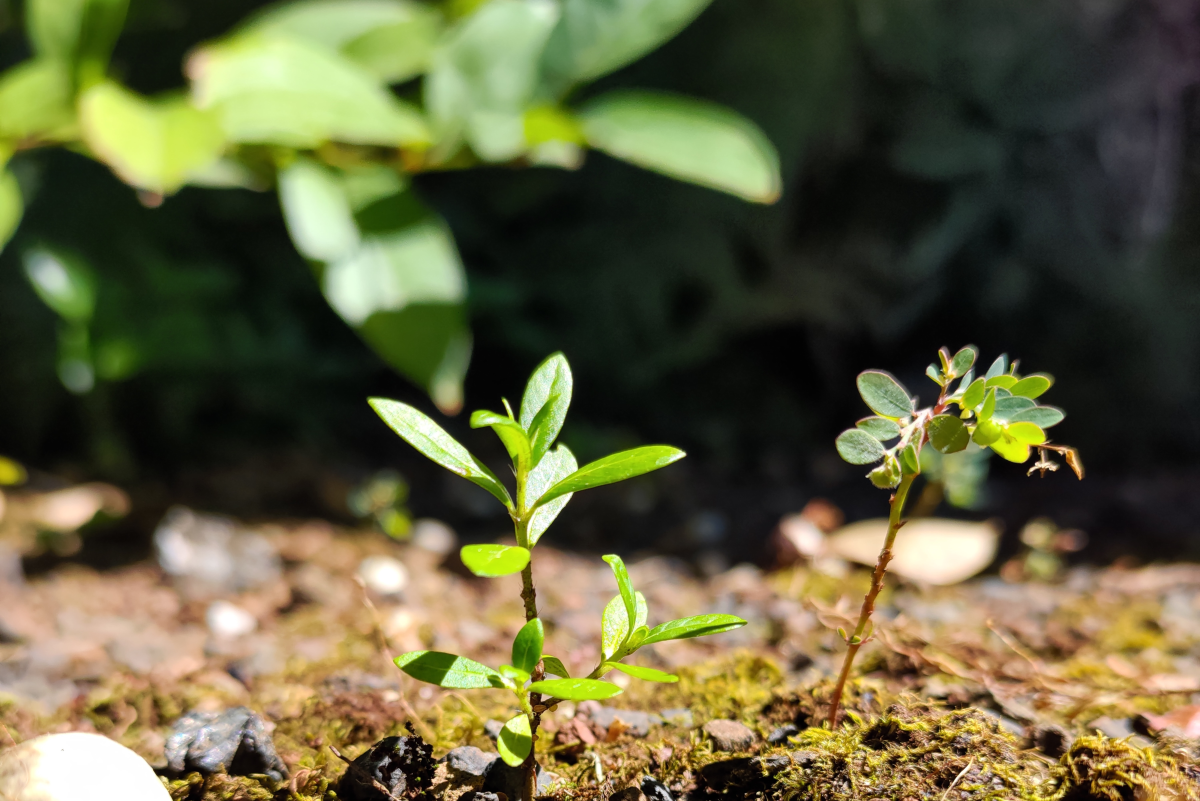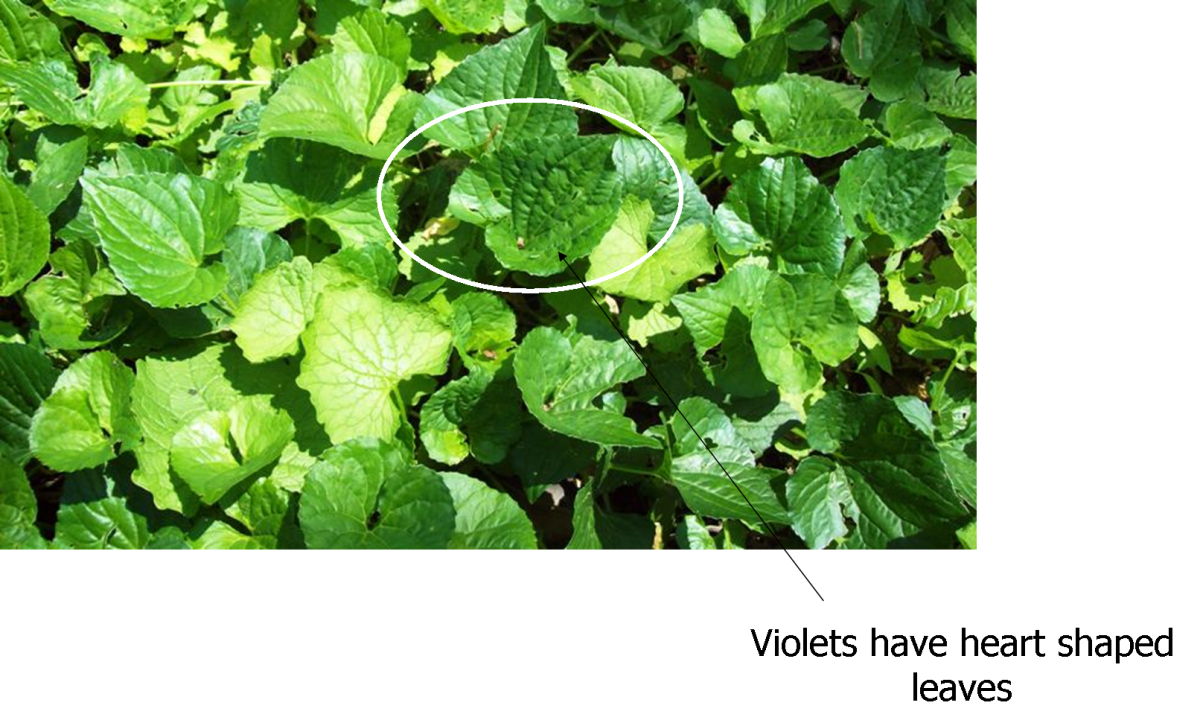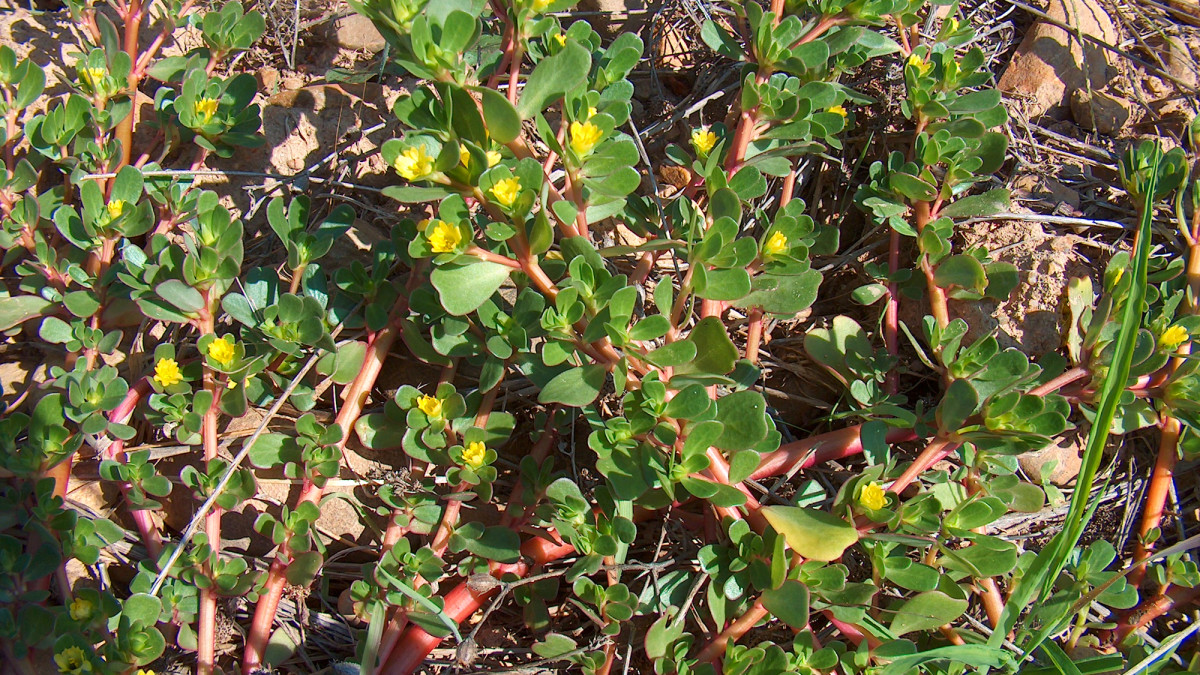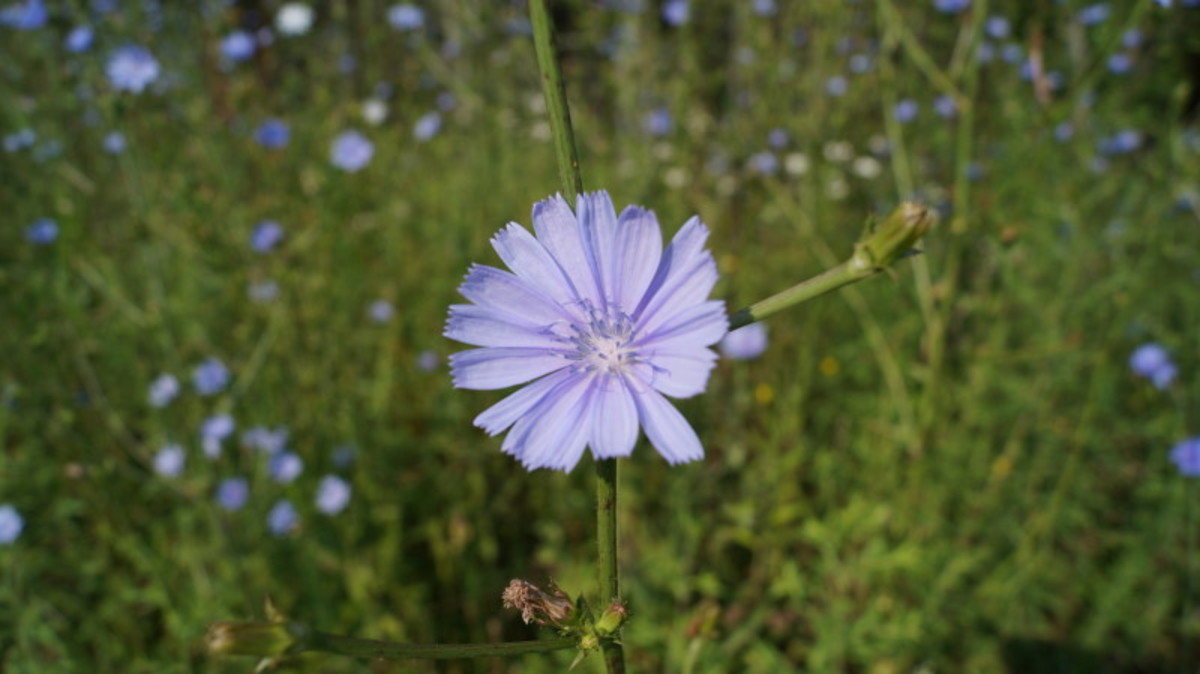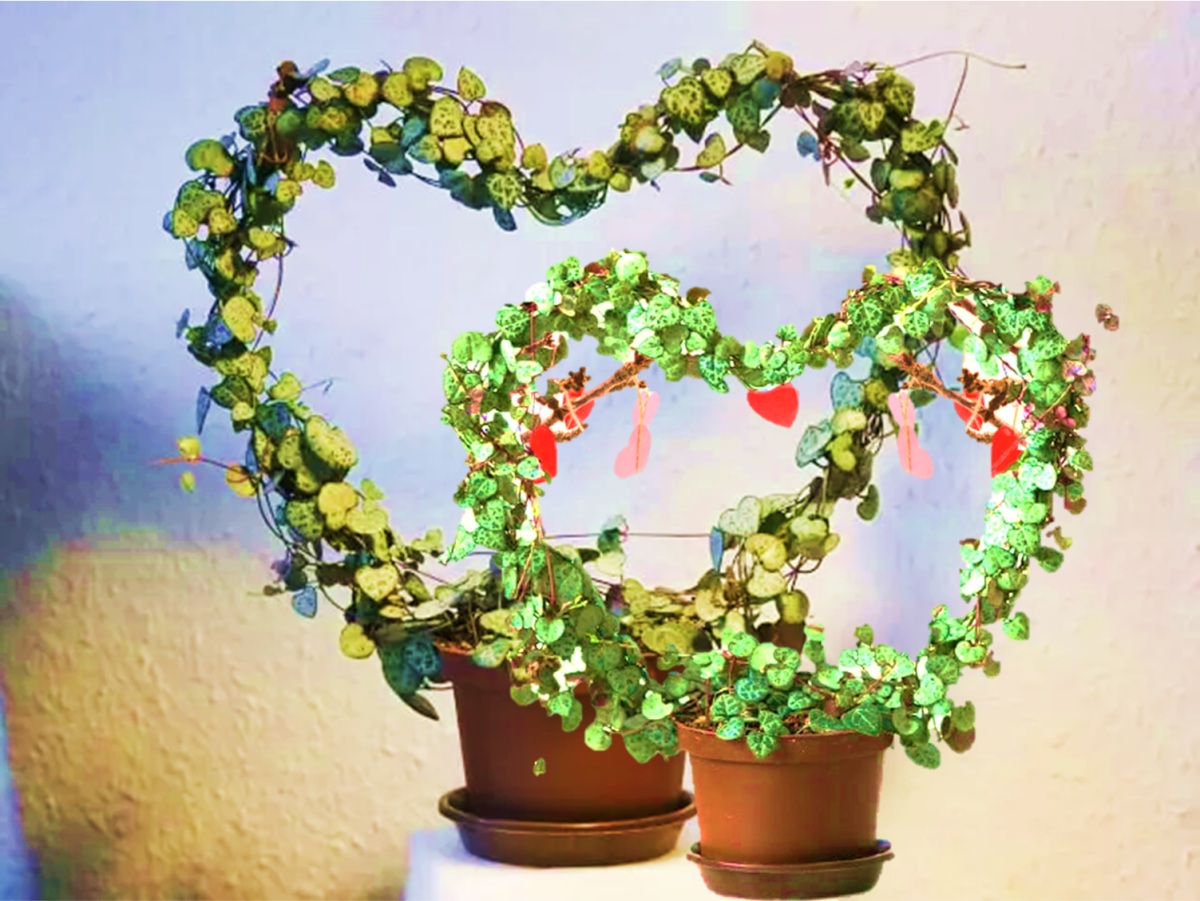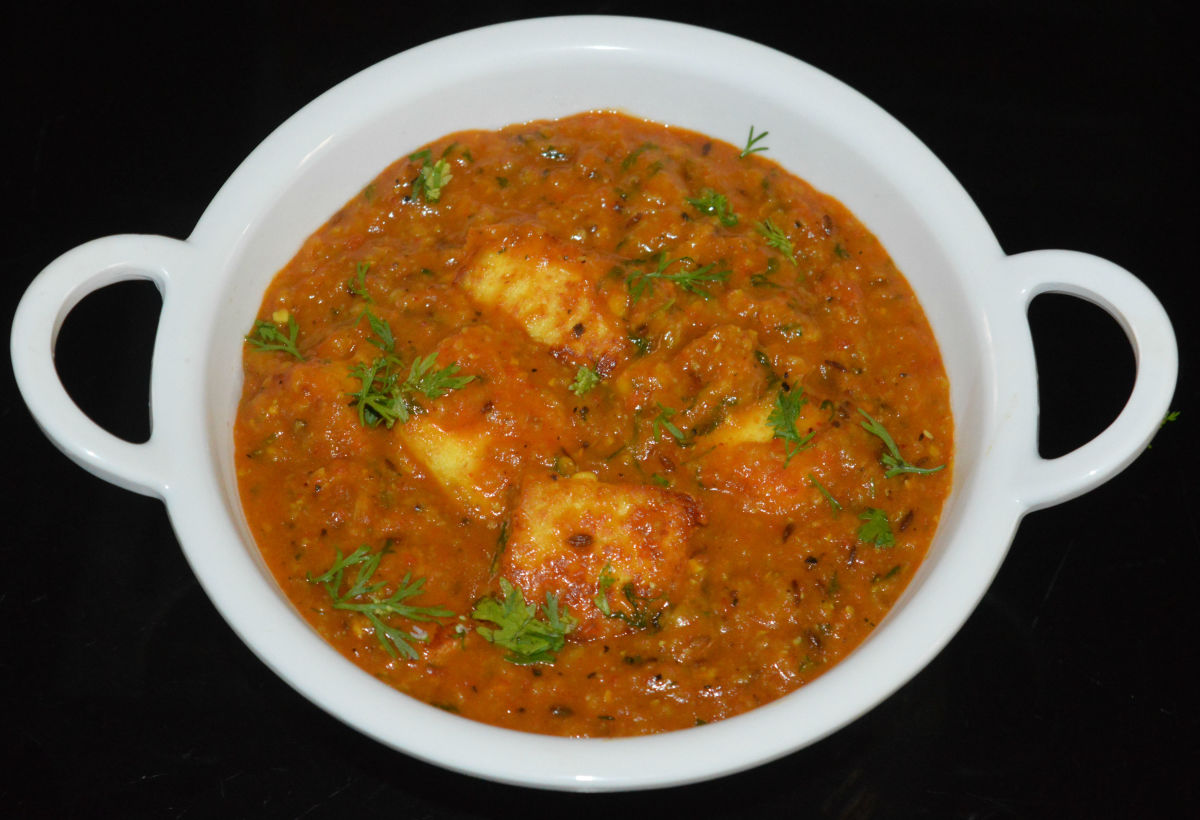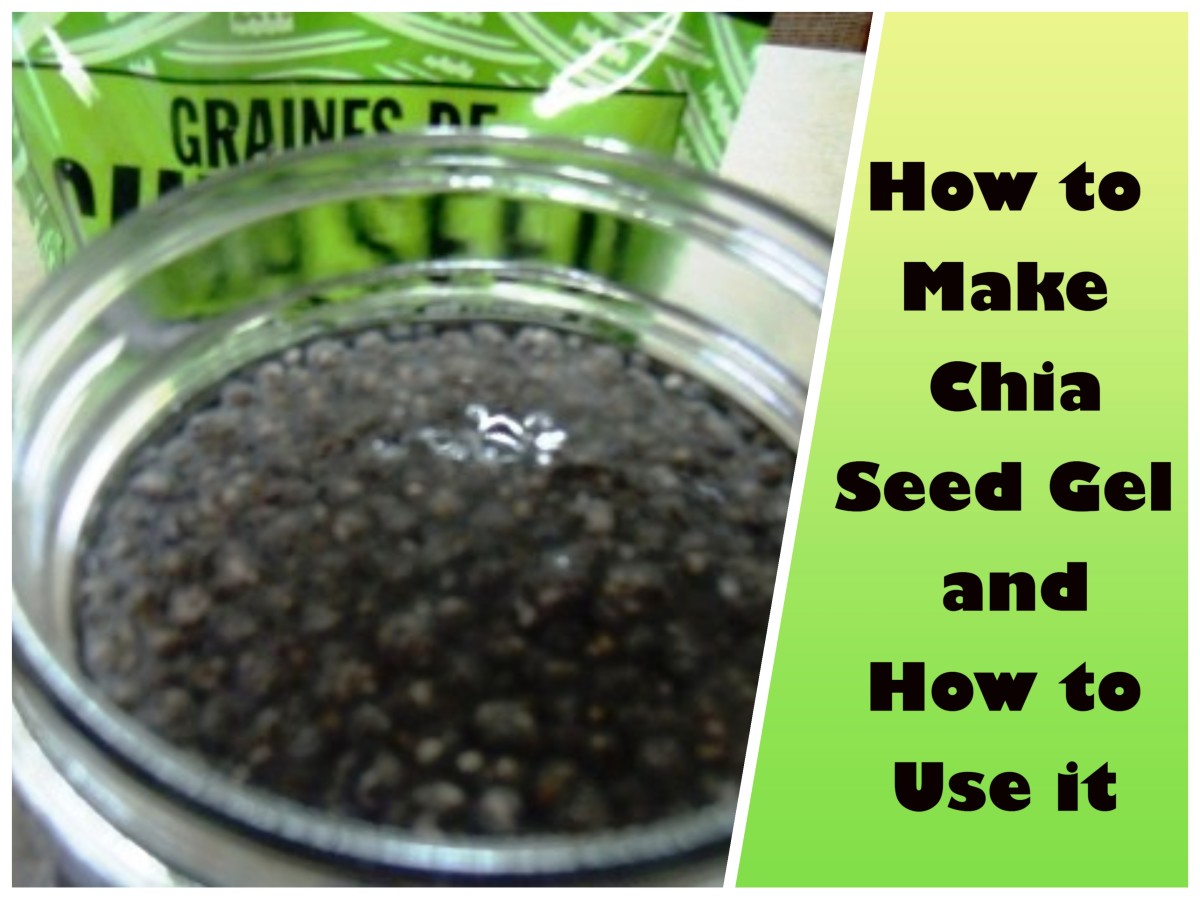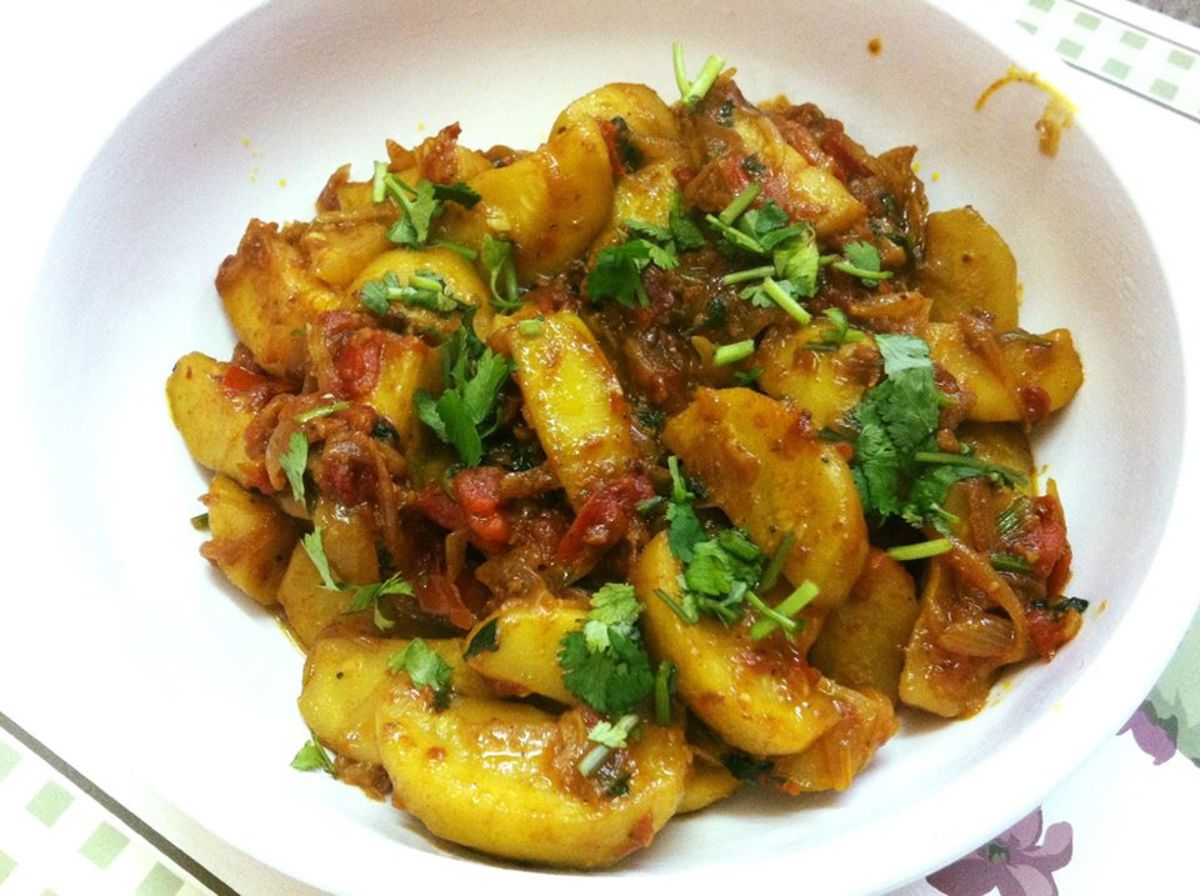Weeds For Dinner- Recipes
eating weeds
We have become so accustomed to going to the grocery store in order to meet our food needs we have forgotten that Nature has provided us with food that often waits just outside our door step.
As the cost of food and all else that is connected to oil continues to rise, it is time to take a look at the bounty that nature has provided.
Weeds are plants that we have not yet found a use for, or perhaps better do not yet know. Not all are edible and not all that are edible are tasty but beat going hungry.
The Common Blue Violet:
Now here is a plant that you may see growing wild or may even have a cultivated variety growing in your back yard garden; but for food purposes stick to the blue ones.
The flowers and the leaves are edible and reputed to be high in Vitamin C. The leaves can be used to thicken soups and are a tasty addition to salads.
Now for some less well know food sources. When seeking out wild food or planning a dinner of weeds is sure you know what you are picking.
Bugleweed (Lycopus uniflorus)
Bugleweed, also is known as gypsy-wort.
The tubers are the edible portion of this wet land plant. Collect the tubers in the early spring. Tubers will be between ½ to 3 inches long. Be sure to wash and to remove the runners.
Boil the tubers in water with a little sea salt for approximately eight minutes. You can then eat them much like a baked potato with a little butter and chives or parsley, for example.
The tubers can be pickled or added to soups and stews.
Purslane (Portulaca oleracea)
Purslane is said to be a good source of antioxidants; as well as ascorbic acid (vitamin C), beta-carotene (previtamin-A), glutathione (a common antioxidant compound that can even detoxify some pesticides!) and tocopherol (vitamin E).
In addition, this very common weed is rich in the omega-3 fatty acids that have been linked with lower cholesterol levels.
Purslane is similar in flavour to spinach and belongs with beet tops, chard, lamb’s quarter, pigweed, spinach; to a group of plants (Centrospermae) all has a similar taste.
Purslane, like spinach, can be eaten raw or cooked with the young tender shoots being added to soups or green salads.
As your understanding of what wild foods or weeds can be safely and I do palce an emphasis on safety, if you are not sure what you are gathering then do not gather, don’t even nibble, eaten grows you will soon realize that the three food s’s, soups, salads, and stews are excellent ways to use Nature’s bounty.
Another important thing to remember when picking weeds for lunch is what you know about the site where they are growing. Outside of the city, this may eb less of a problem but in town and abandoned lot covered in weeds may look like a free lunch but way in fact be an expensive ride to the nearest hospital emergency room.
However, do not let this stop you. If you have a backyard, spend sometime identifying the weeds that are growing there. You may find a few ingredients for the salad. If nothing else you may well find that your own yard will provide all the dandelions that you need and have a few other delicacies to flavour your meals as well, happy weeding.
chicory
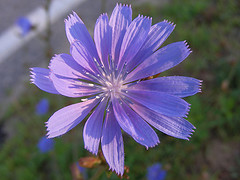
possibilities
edible weeds
- Photographic Picture Gallery of Edible Weeds
Gallery of Edible Weeds & Wild Plants Inclusion on this page does not mean that a plant is 'immediately' edible.
weeds
chicory
- chicory
Chicory’s curly, bitter-tasting leaves can be eaten raw or cooked like greens
edible weeds
- virtualitalia.com - food - edible weeds
The very weeds that sprout in your lawn, like dandelions and chickory, were purposely brought to the United States by our immigrant forefathers as edible plants.


